
 HHR’s plant ... pioneering readymix facility.
HHR’s plant ... pioneering readymix facility.
Haji Hassan Readymix (HHR), one of the oldest readymix manufacturers in Bahrain, has worked at a frenetic pace to help the contractors of the Bahrain City Centre project and the City Centre Interchange meet their deadline for completion of the developments.
HHR was among the two companies delivering readymix to the contractors of the Bahrain City Centre round the clock, by working 12-hour shifts, says general manager Jorgen Skaarup.
The two companies – HHR and National Readymix – worked closely for the initial piling – which was down on the fast track – and continued on with the supply of readymix for the project’s superstructure.
“The mix for the piles required a triple blend of cement, using OPC (ordinary Portland cement), PFA (pulverised fuel ash) and microsilica,” says technical and sales manager Andy Rogers. “One of the challenges with such special mixes is that it can considerably slow down the plants during batching. Also, it is quite critical to get the sequence of the batching right, if you are looking for the right consistency. If one of the constituents of the mix goes in a bit earlier than required, then it can completely alter the consistency. However, computerisation allowed us to handle such challenges quite effortlessly. The computerised batching plants at HHR’s facilities can be programmed to ensure that the mixes do match the required consistency.”
“Currently, our two batching plants at Salmabad are able to produce about 120 and 60 cu m per hour respectively. We also have a plant close to Bahrain International Airport that can produce about 120 cu m of concrete in an hour, and which took some of the pressure off the other plants during peak delivery periods,” says deputy general manager and project manager Adel Ghannam.
“When we got on board, we were asked to manufacture readymixes with low chloride permeability and low water absorption properties, and we have been able to provide them what they have asked us,” Rogers says.
So far, HHR has supplied about 100,000 cu m of concrete readymix for the project, including special-strength of 60N per sq m mixes for the piles.
Speaking on the challenges faced, he says: “One of them was the evolving specifications on the project. With a project of this scale, it is normal to see the set of specifications that were started off with change, as new problems crop up. Typical examples would include the filling of voids in the site, or pumping of readymixes for structural concrete in restricted spaces. While the former is simple to solve, the latter would require us to design a very fluid readymix that could be easily flowed in.”
He continues: “Since onsite challenges creep up on short notice, it is difficult to develop a robust mix design to overcome such changes in a short time – the primary reason being a lack of time to wait for a trial mix, giving it an additional 28-day period to assess its suitability. However, since HHR has been one of the oldest suppliers in Bahrain and has worked with several mixes that are suitable for the region, it has been possible for us to advise the client on what solutions could work for a particular challenge. Our laboratory at Salmabad was also of great help as it allowed us to provide trial mixes to the client at short notice, enabling us to get approvals for the mix that much faster.”
Rogers says the number of mixes that HHR had to deliver was another challenge. “In all, we have supplied more than 50 mixes for the entire development, including screeds, renders, piling mixes, structural concretes and dry mixes. This, perhaps, is the largest number of mixes that HHR has ever supplied for any single project in Bahrain,” he says.
“Delivering the mixes at the right time and the right consistency also involved a lot of planning. We sorted this out by ensuring that all the trucks were filled and ready to go, so that the pours were completed without much of a problem. Often we have noticed that transit times from the plants to the site could take anything from half an hour to an hour, depending on where the pour is and the traffic situation,” says Ghannam.
To ensure that the concrete was supplied at the right temperature, the company last year concluded a major investment in two ice plants and overhauled its third one, says Rogers. “The maximum temperature for most mixes for the project was 32 deg C, so to ensure that the mixes arrive on site at the right temperature in the extreme summers of Bahrain was a challenge in itself. In addition, larger slabs require cooler mixes because concrete does generate quite a bit of heat which, in thicker slabs, can exceed 70 deg C.”
Close to the City Centre, HHR is also supplying readymix for the City Centre Interchange, which will connect the sprawling shopping complex with the highway. “The contractors of both the projects have asked us to supply readymix so that they are completed simultaneously,” he adds.
Commenting on how material shortages have affected the supply of readymix to the company’s projects, Skaarup says: “We still have to cope with shortages of cement, PFA (pulverised fly ash) and microsilica. Most of our PFA procurement is from India and hence we have had to plan in advance to stock the required material before the Indian monsoon set in. Prior experiences have helped us anticipate such problems and take corrective measures. Last year there was an acute sand shortage in the market, but the fact that we had stockpiled some 25,000 to 30,000 tonnes of sand helped us to insulate our customers from the shortage.
“Cement is another material that is in short supply. As with other readymix manufacturers in the kingdom, the shortage of cement did affect us in the months of June and July. This situation, caused by the disruption of supplies from Saudi Arabia, forced us to scale down our production by about 50 per cent. However to be fair with all our clients, we have reduced the supply of readymix equitably across all the projects that we have been involved with.
“Generally, most of the cement that we receive is used up on the same day. However, sometimes we do receive large volumes of cement which helps us build up a buffer stock that can help us work around short-term shortages and meet deadlines. Since we have been able to rely on our experience on working on challenging projects in Bahrain for a long time, we have been able to ensure that 99 per cent of our projects are delivered on time.”
Pointing out the hike in costs of raw materials, Skaarup continues: “This has had an effect on all of us. Till the end of last year, the City Centre project was on a fixed-cost basis, which meant that any fluctuation in material and production costs would hurt us badly. Right from May 2006, when the contract was signed, to the end of 2007, there were significant price increases in most of the raw materials used, right from the aggregates and the cement to the cost of diesel. Luckily, the contractor has understood our problems and agreed to price revisions.”
Skaarup attributes the cost escalation of readymix by about 4.5 per cent to the price increase in aggregates. “Although cement prices remained fairly steady last year, the cost of aggregates, which is procured from the UAE, has shot up significantly. One of the major causes for the price increase is the demand for aggregates in Dubai and Abu Dhabi, where the construction industry is booming,” he adds.
Apart from the Bahrain City Centre, HHR has also won contracts to supply the Villamar at Bahrain Financial Harbour, Marina West, Durrat Al Bahrain, Riffa Views, and the Raffles City at Bahrain Bay. “Of all these, Raffles City is our biggest project,” says Skaarup.
HHR is currently involved with several infrastructure projects in Bahrain that include the Sitra Causeway, where the company is the main readymix supplier; the Zallaq flyover, where it is supplying readymix for the end intersections that are nearing completion; and the Lulu Island access bridges.
Speaking on the Villamar project, Rogers explains: “At the Villamar, HHR recently delivered 80N per sq m strength concrete to be used on the columns, which is one of the strongest concretes delivered in the kingdom. For this project, we have used a new-generation hyperplasticiser that is based on polycarboxylic ethers. This allows up to a 40 per cent reduction in water, which in turn increases the strength of the concrete. This is the only way we could have achieved such high-strength concrete. The existing design codes in the UK did not cater for such high-strength readymixes, which is why we had to draw upon the specifications laid out in the new Euro design codes (Euro Code II) for such special concretes.”
For the Sitra Causeway, HHR has done a complete computer modelling to depict the temperature rise for each of the structures. Such a study has helped structural engineers working on the project understand the temperature differences and the effect that thermal stress could have throughout the bridge structure.
“Large temperature differences between the structures can bring about a huge strain on the structure itself thereby weakening its integrity through internal stress and subsequent cracking,” says Skaarup.
Apart from the aspects of temperature, the study also included the effects of drying and shrinkage. To run the tests, the samples were air-freighted to Teknologisk Institut, Denmark (Danish Technological Institute) and they provided thermal expansion coefficients and early shrinkage and stress-strain relations for the mix design, which is essential for the structural designer to make sure that the new causeway will last out its structural life of 120 years. “The ministry was also keen that they would not have the same problem and wanted a design life that is significantly longer than that of the previous bridge,” Skaarup adds.
HHR is also currently involved with the Bahrain International Airport Phase Five, for which it has set up a plant close to the airport.
Founded in 1977, HHR has been a pioneer in the readymix sector in Bahrain and has over the years developed a strong reputation for quality and service, with its third-party quality system certification guaranteeing compliance with ISO 9001:2000, says a spokesman for the company.
The company is part of the Haji Hassan Group, which also includes Bahrain Precast Concrete Company, a leading precast producer in Bahrain and Bahrain Asphalt Engineering, a major asphalt company in the kingdom. It also owns and operates a quarry in the UAE.
The company’s concrete mixes have been certified to meet all the relevant British standards by Bahrain’s Ministry of Work and Housing, says Ghannam.
To ensure the quality of its readymixes, HHR has set up its own sand washing plants where materials are washed and screened and comply with local and international specifications. In addition, coarse aggregates are re-screened at its two screening lines before use, he adds.
High quality concrete is efficiently delivered and placed with the aid of its fleet of modern mobile concrete pumps, supplemented by placing booms where required.
HHR produces close to 40,000 cu m per month of readymix using 100,000 tonnes of materials at its four plants – the fourth being near Durrat Al Bahrain, which has a capacity to manufacture 60 cu m of readymix concrete in an hour.
“The company expects to exceed the 16 per cent growth it has set itself over last year. The only reason that can hold us back could be materials shortages,” he says.
“We have been maximising our efficiency by targeting our work processes and looking at different work patterns, which would comply with the laws of Bahrain and at the same time help the company boost productivity. These changes have helped us achieve more truck loads per day. In addition, we start most of the major pours at three in the morning, so that we finish the work by 10 in the morning or work on Fridays when the traffic is thinner. What we are trying to achieve is the optimal utilisation of resources. We have bought four new concrete pumps recently and have replaced most of our fleet, which means none of our trucks are older than seven years. We have about 50 trucks on the road,” adds Ghannam.
To achieve efficient use of its trucks and ensure they are on the road all the time, the company has also initiated preventive maintenance programmes.
“We have also been able to haul a lot more concrete with the same fleet size than we were doing earlier. We are not looking to expand too quickly at the moment, because it is difficult to predict the sustainability of the current boom. There is some talk on how the Friendship Bridge project will get in new work. But then again, the contractor could set up his own batching plant onsite,” he concludes.


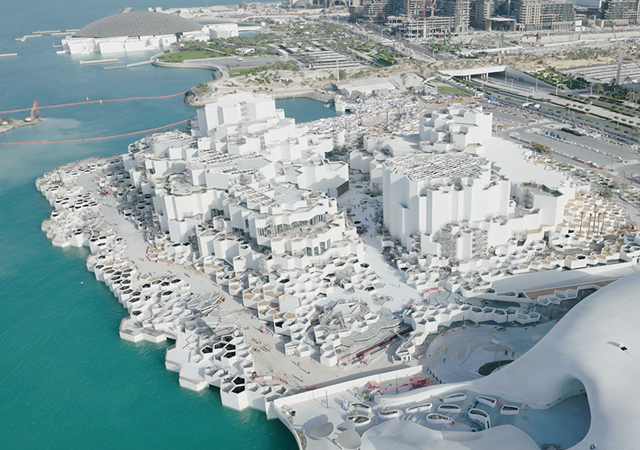
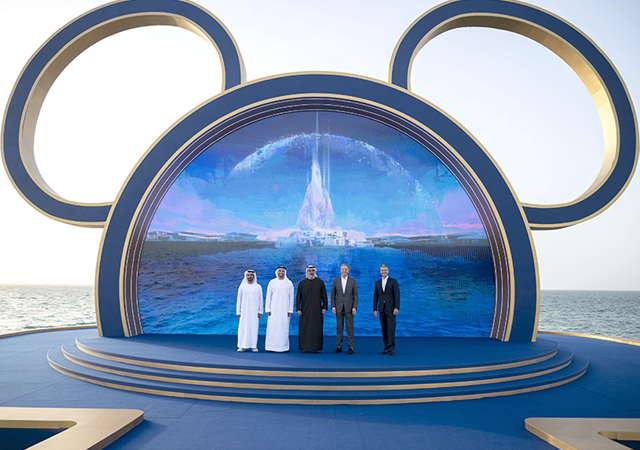

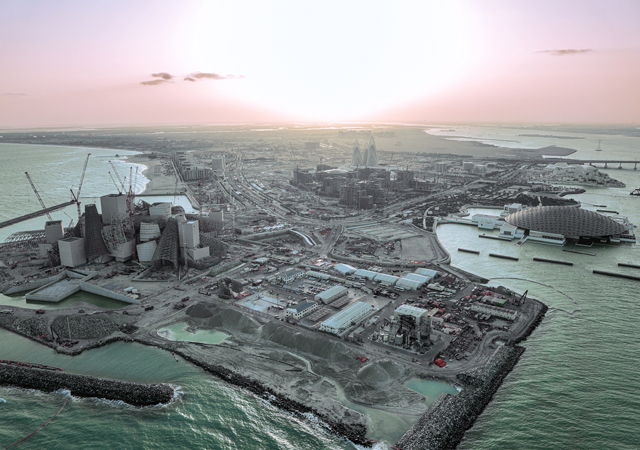

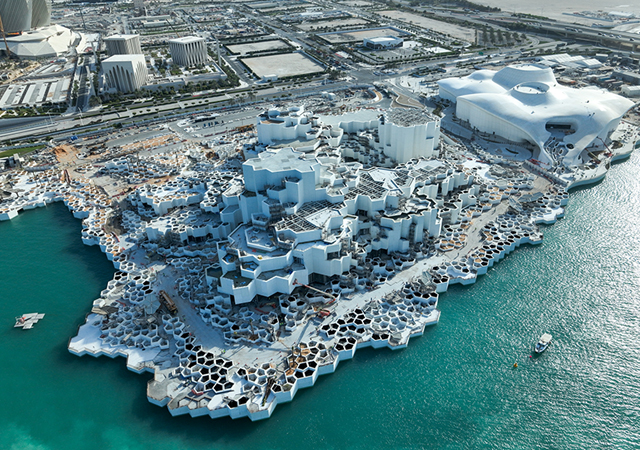
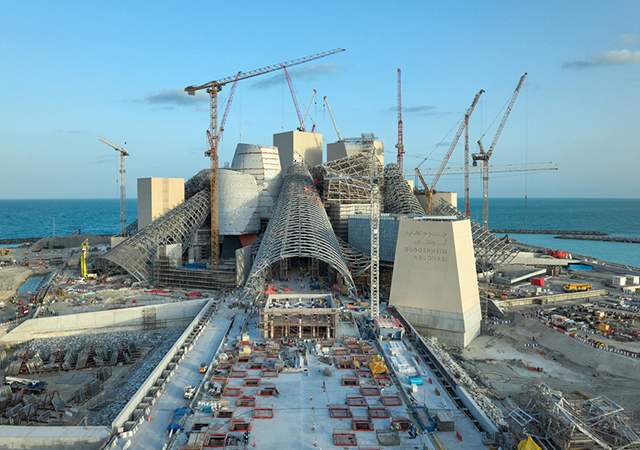
.jpg)




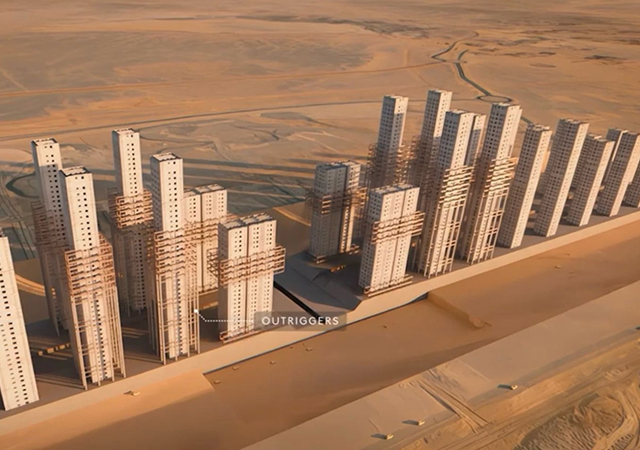
.jpg)

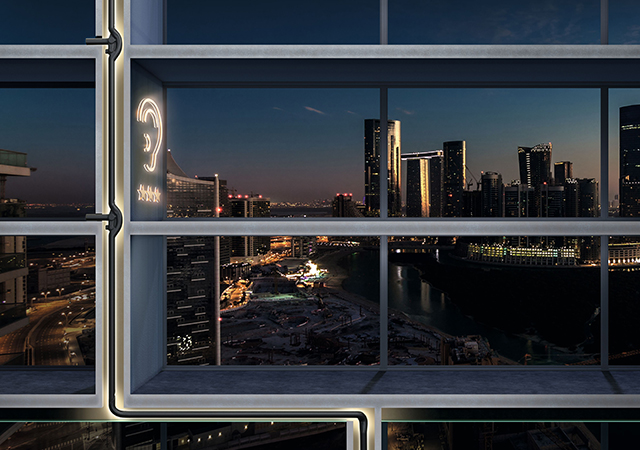
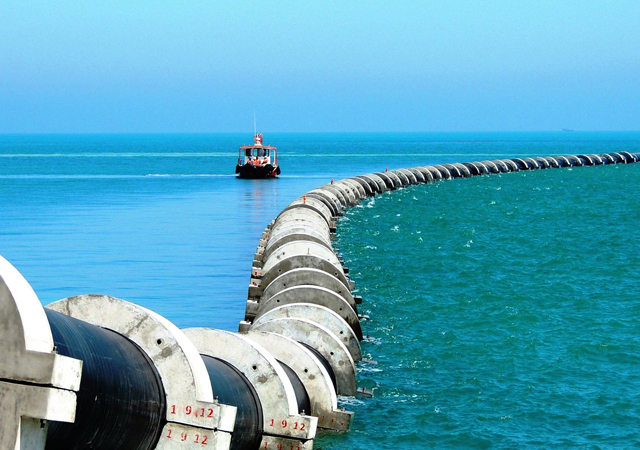
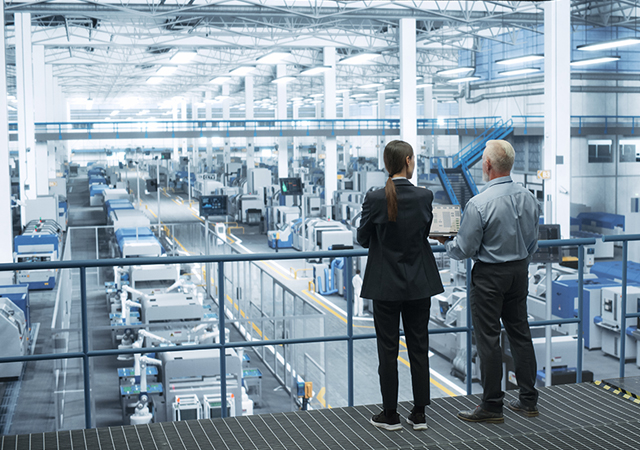


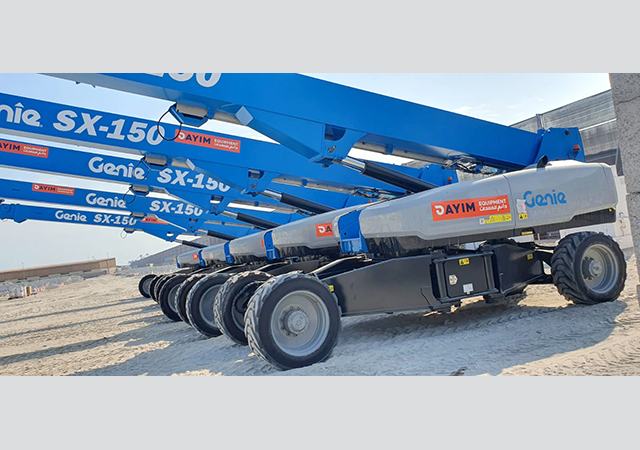
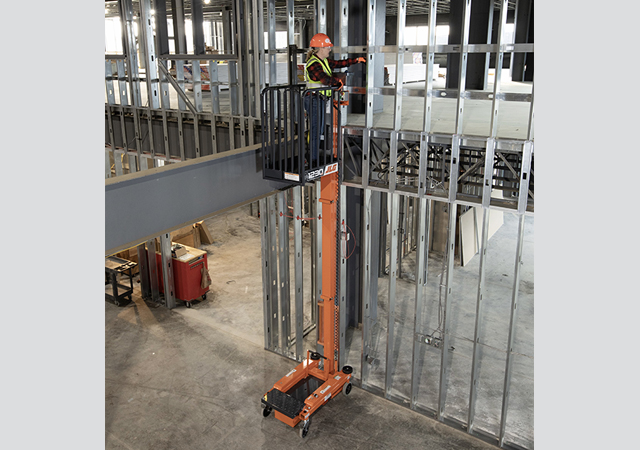
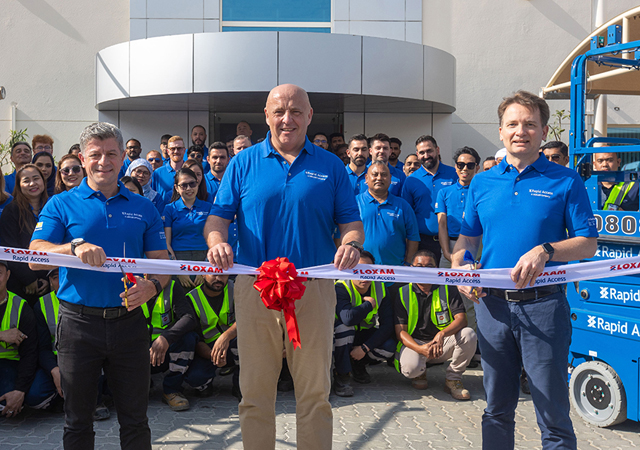
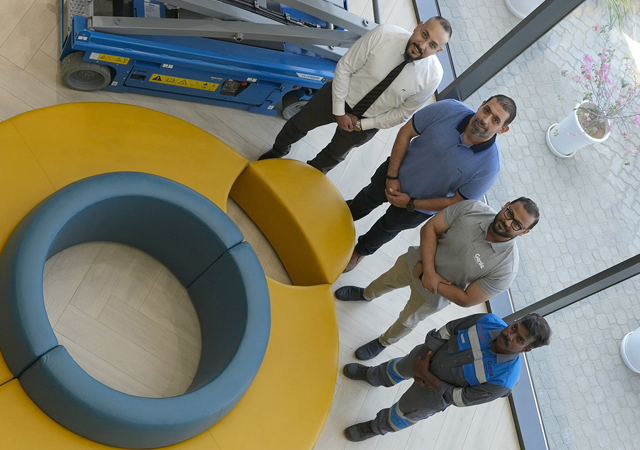
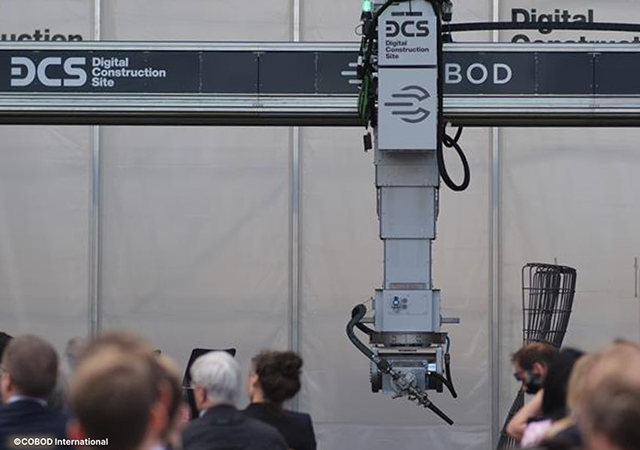
Doka (2).jpg)
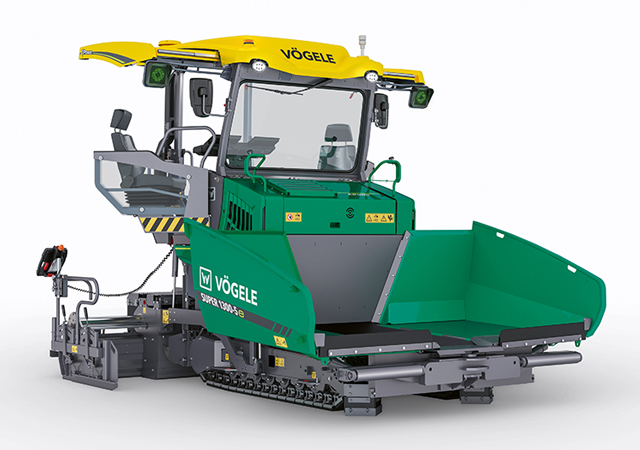
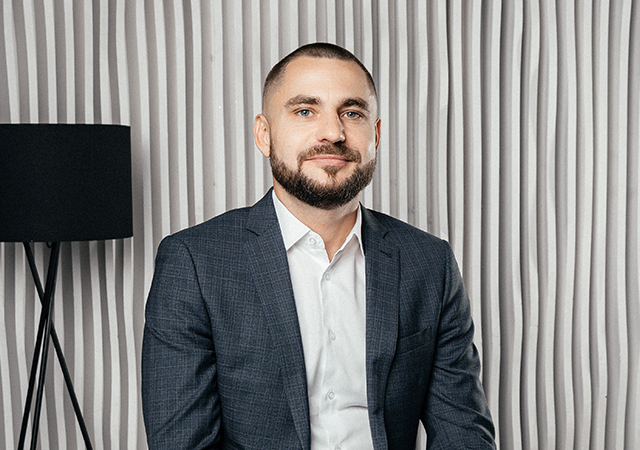

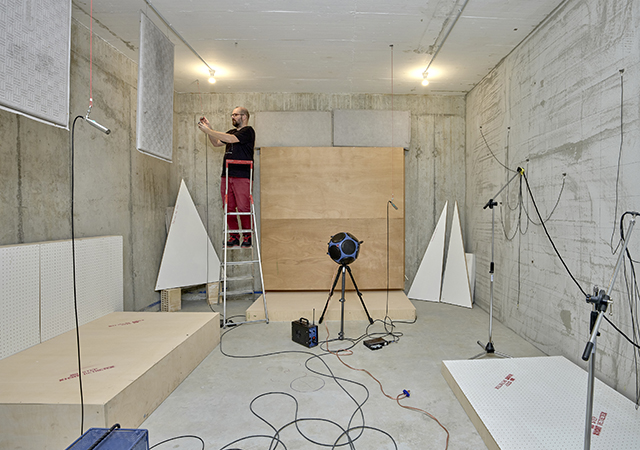
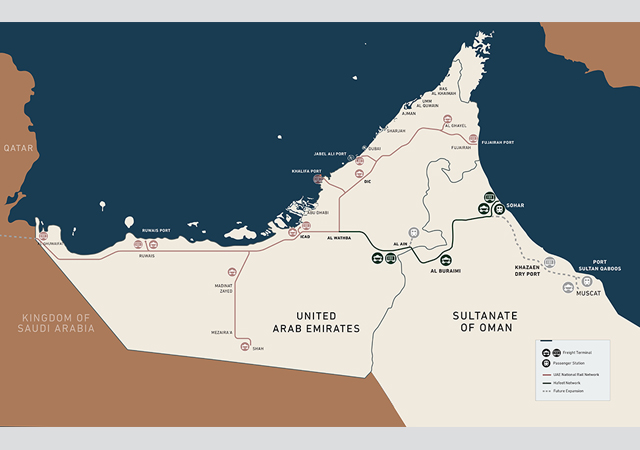
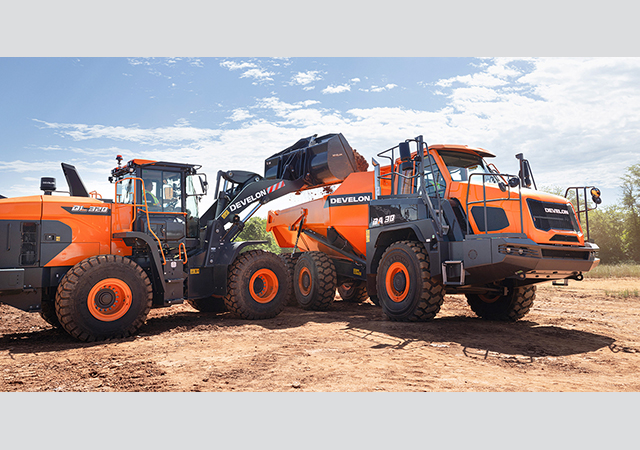
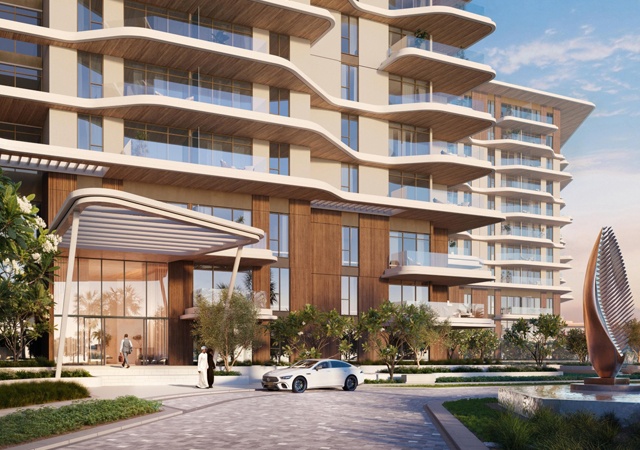

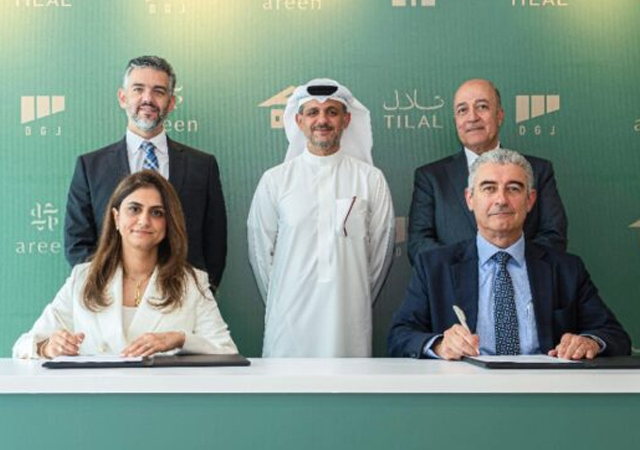
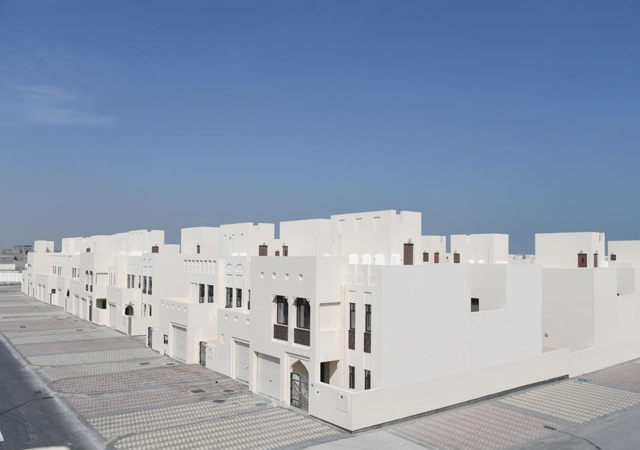


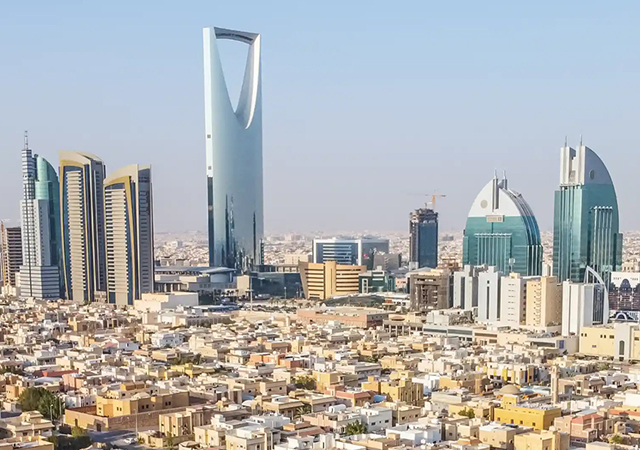

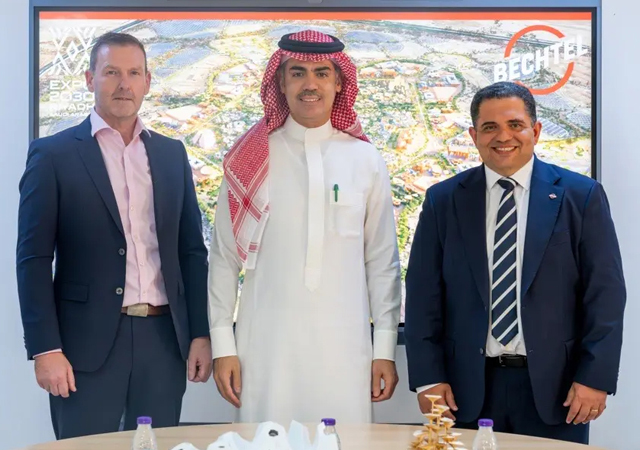
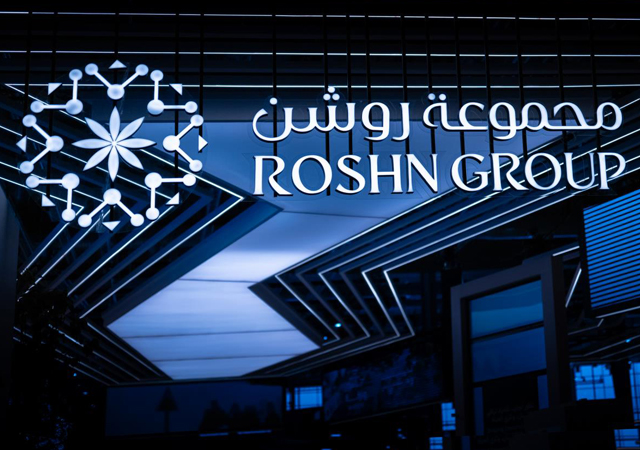
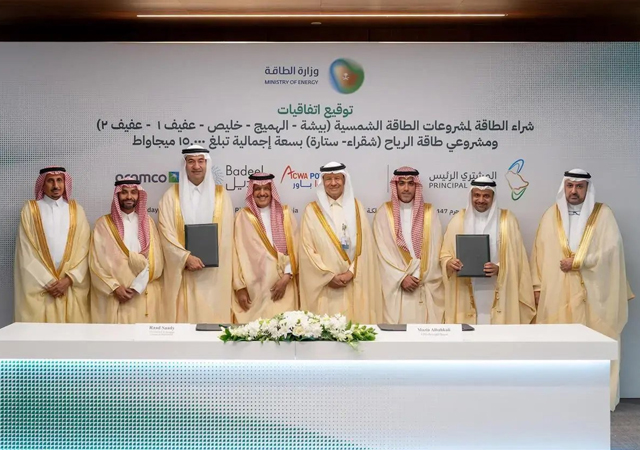
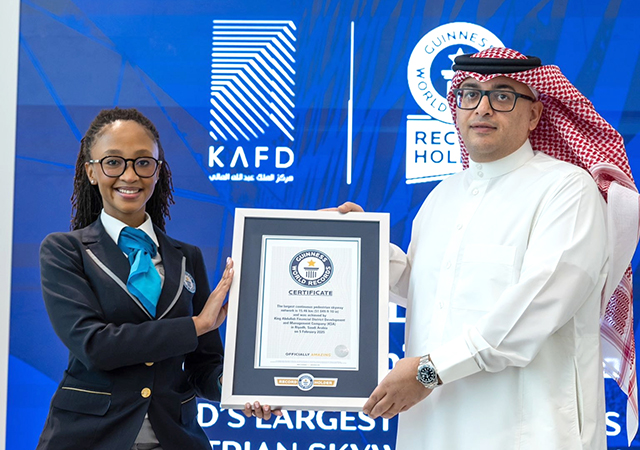
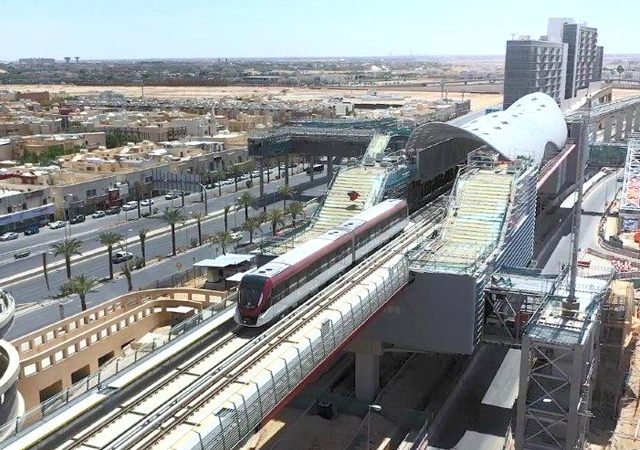
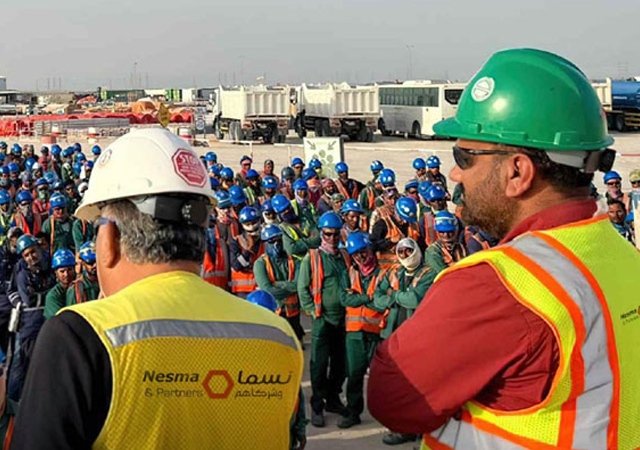
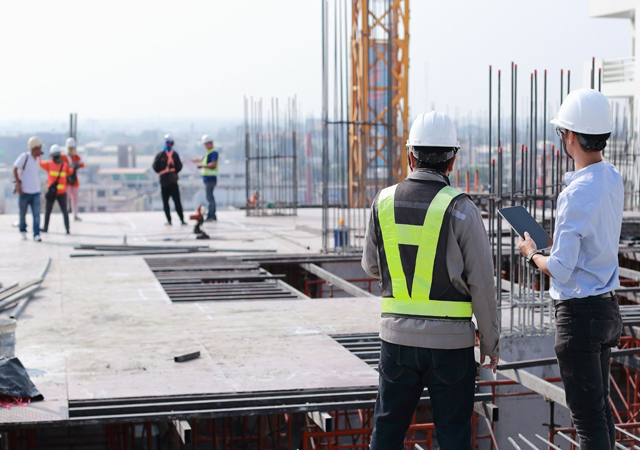
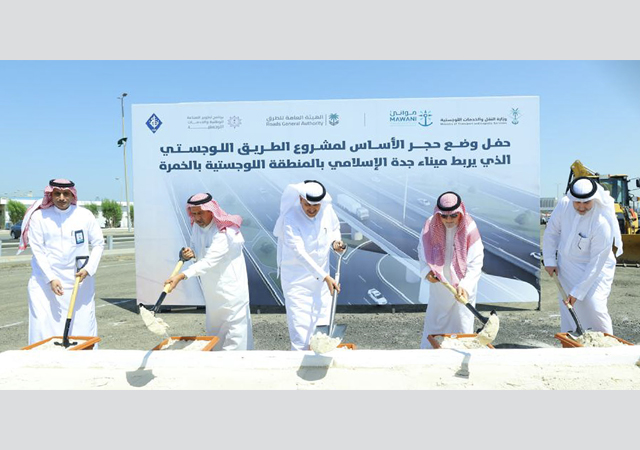
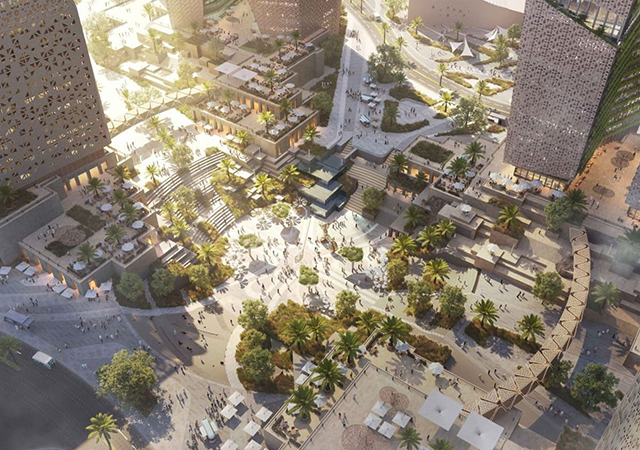


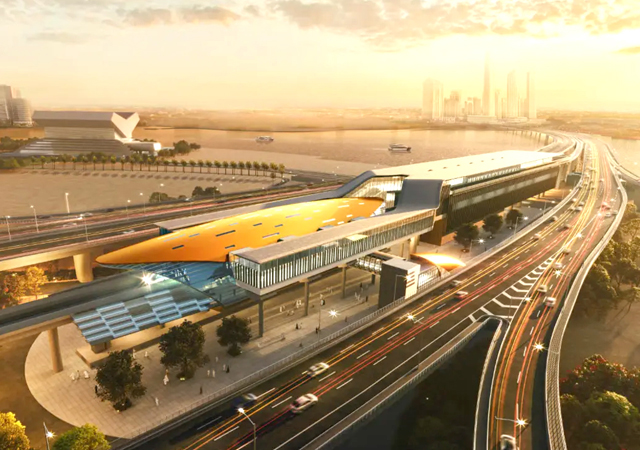
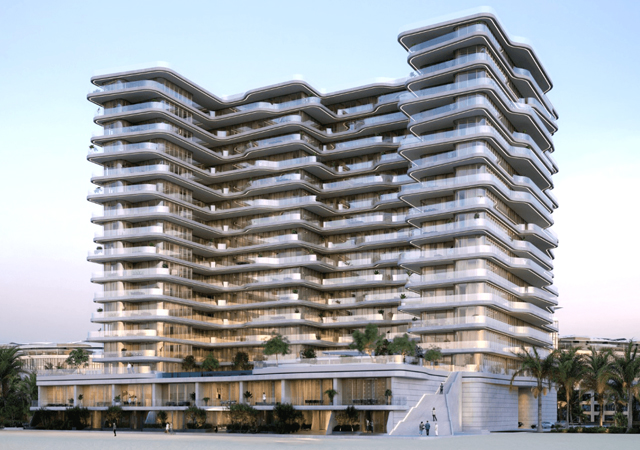

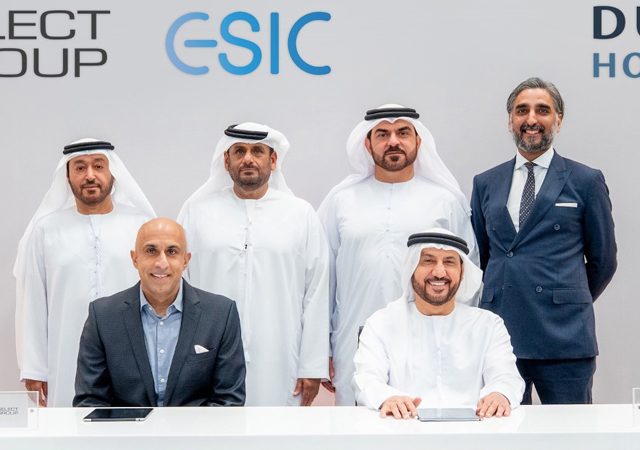
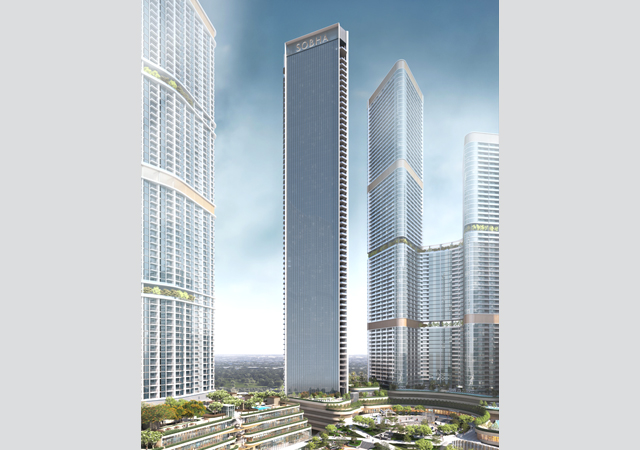
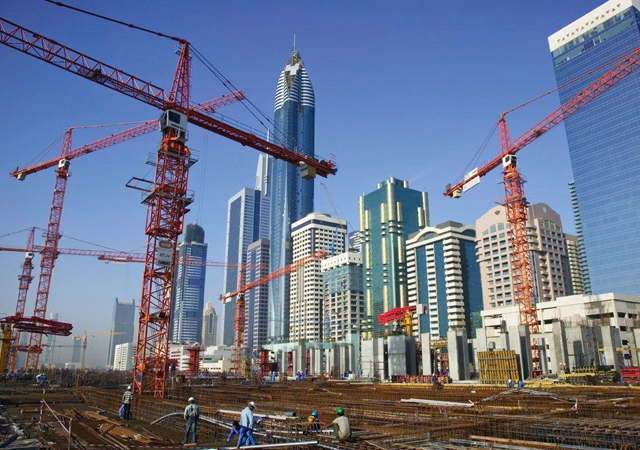
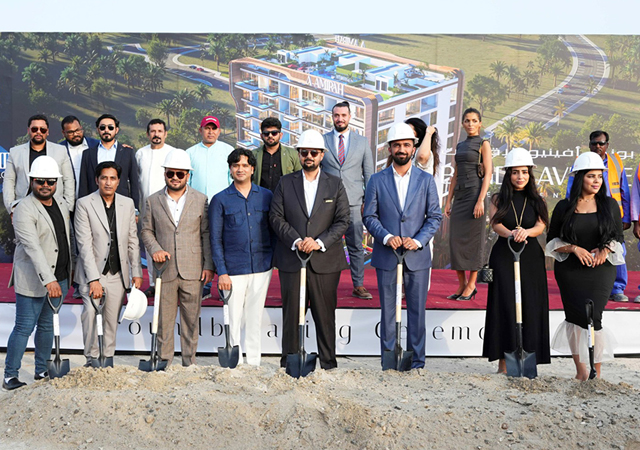
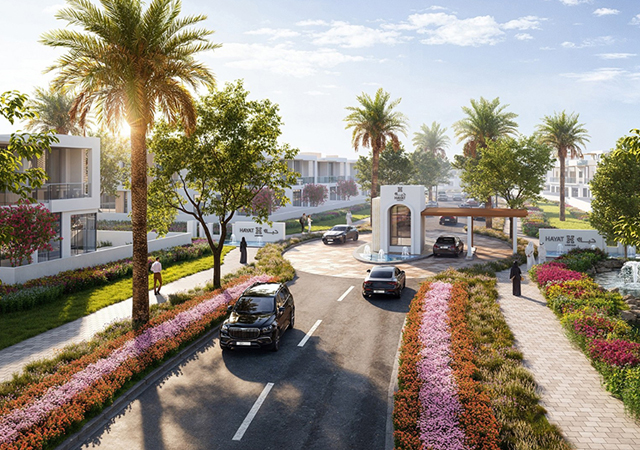

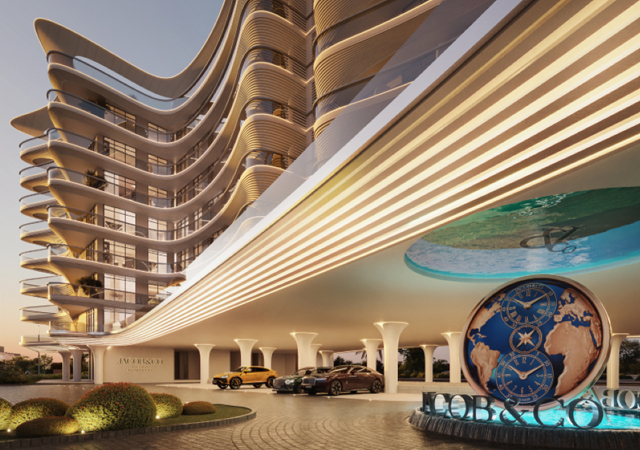



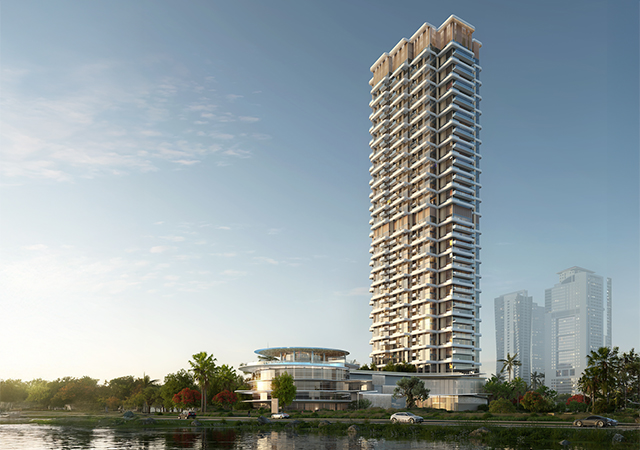

.jpg)
.jpg)
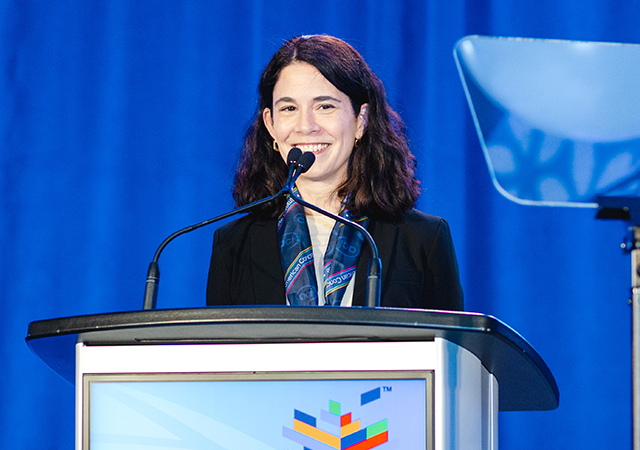
.jpg)













